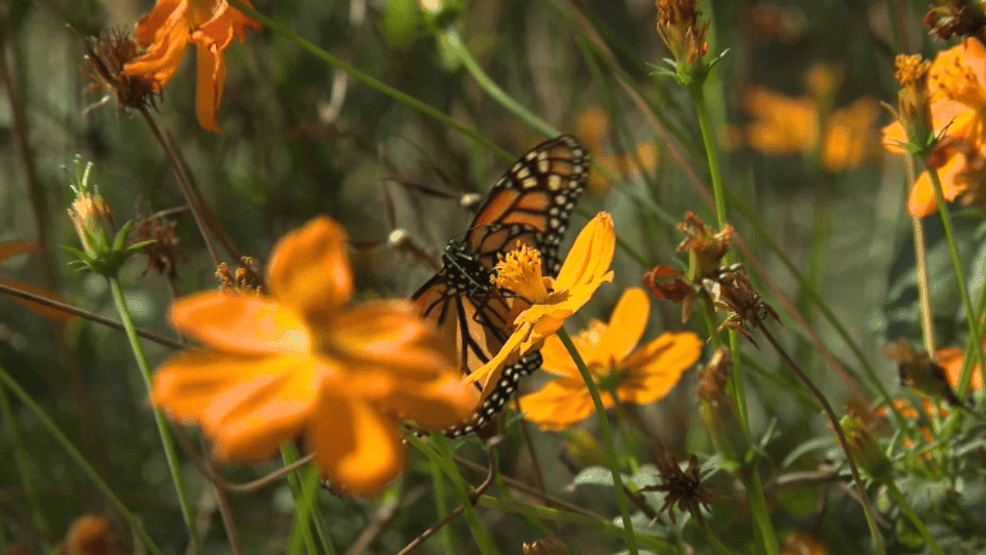CEDAR RAPIDS, Iowa — The Iowa Department of Natural Resources (DNR) is encouraging residents to plant a variety of native plants in their gardens to support local pollinators. By selecting plants that bloom from spring to fall, gardeners can ensure a continuous food source for pollinators throughout the growing season.
“It’s obviously an advantage for the pollinators because we have different species active throughout all of that time. So they get the nectar and pollen and it’s advantageous for us because it kind of meets that landscaping aesthetic that we’re looking for,” Wildlife Diversity Biologist for the Iowa DNR, Stephanie Shepherd said.
During planting season, the DNR suggests planting a mix of plants that bloom during different seasons.
Consider native plants like golden alexanders, large flowering beard tongue, foxglove beard tongue, redbud trees, and serviceberry shrubs that bloom in spring.
Butterfly milkweed, pale purple coneflower, and wild bergamot, aka bee balm, bloom in summer. Prairie blazing star, New England aster and goldenrods bloom in the late summer and fall.
Milkweed is especially beneficial for Monarch butterflies because it serves as the primary host plant. Without milkweed, Monarch populations would struggle to reproduce and survive.
If you’re new to gardening or are overwhelmed by the amount of plants to chose from, Shepherd suggests choosing two species from each blooming season.
“I would plant them in groups or clumps by species. So plant five to ten butterfly milkweeds and then next to it plant five to ten foxglove beard tongues,” Shepherd said. “That makes your garden look nice and neat but also benefits bees in the way they forage. They tend to kind of stick with one species so having them clumped means they have to spend less energy to gather food.”
The Iowa DNR also advises not to worry about spacing when planting, as native plants thrive when planted closer together. This allows them to support each other’s growth through improved soil health, water retention, and pest control. This dense planting also helps to reduce the spread of invasive species by limiting space for non-natives to take root. Overall, this planting approach helps create a more resilient ecosystem for pollinators.
Homeowners who have bumble bees visiting their flowers can help the Iowa DNR with data collection by contributing to Iowa’s Bumble Bee Atlas, a volunteer community project with a goal of learning more about bumble bees in Iowa.
For more information on pollinators, lists of native plants, and tips for planting a backyard prairie, click HERE.

